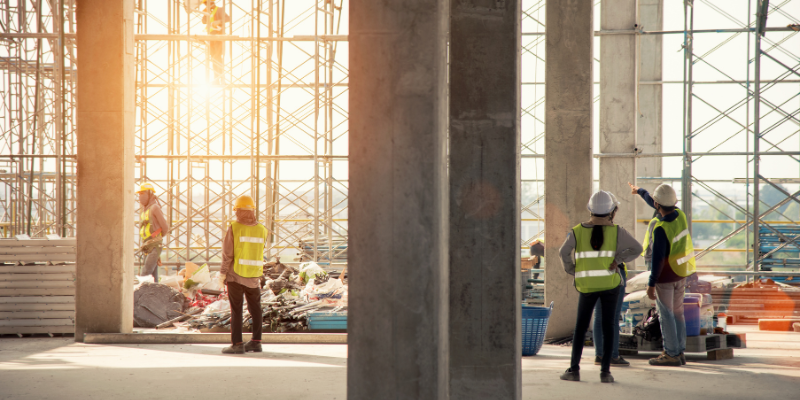
Why Generator Sizing Matters
First, it’s crucial that you understand why the size of your generator matters. A generator that is too small may not be able to power all your equipment. This could lead to project delays and unwanted downtime. Conversely, a generator that is too large for your needs can result in unnecessary fuel consumption and increased costs. Additionally, generators perform best when they operate between 70% to 90% of their full capacity. By keeping this in mind, you can ensure optimal fuel efficiency and prolong the generator’s lifespan by reducing wear and tear.The Size of Your Construction Site
One of the first considerations when sizing your generator is the size of your construction site. Larger sites may require more power to run equipment, while smaller sites might not need as much power. However, keep in mind that the physical size of your site isn’t the only factor; it’s the power consumption of your equipment that determines the size of your generator. That said, with a larger site usually comes more personnel and more equipment, so it’s a good place to start.The Equipment to be Powered
What equipment will your generator be running? Make a list of all the equipment that you’ll need to power—from the very small to the very large (think cranes)—and their individual power requirements. This will help you determine the total load that your generator will need to handle. Don’t forget to include tools and appliances such as lights, heating or cooling equipment, and even chargers for battery-operated tools. If your generator is going to be providing temporary whole-site services, it needs to be sized to handle the peak load.